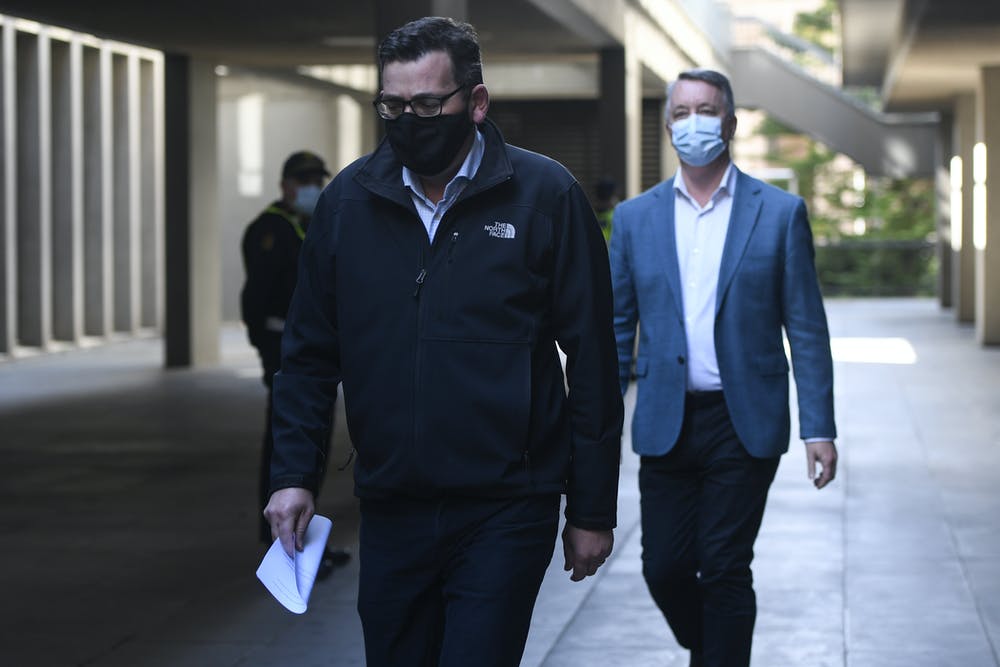Transformative WIDI program delivers workers to the social services sector
Older Victorians and those living with disability are getting the support they need thanks to a RMIT initiative to attract and train new care workers.
One-off cash payments to aged care workers not enough
Following the federal government’s announcement yesterday of a one-off payment to aged care workers, an RMIT expert explains why a bigger solution is needed.
State budget bounce-back: experts on where funding should go
After undergoing the harshest lockdowns in the country, how should Victoria spend its budget to bounce back? RMIT academics share their expert view on where best to splash the cash for the state’s COVID-19 recovery.
Igniting new approaches to the social economy
The social care sector is facing a time of major growth and disruption, and the time is ripe for new approaches to address looming skills gaps.









